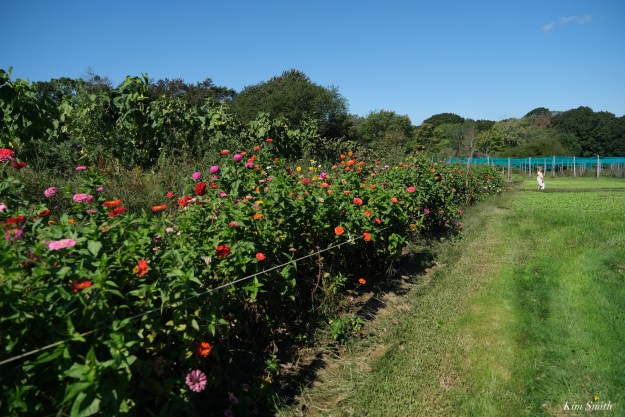Last evening, the Tall Ship Lynx arrived to Gloucester Harbor just as the sun was setting. The sky grew rosier and rosier long after the sun had dipped below the horizon.
 Tall Ship Lynx and Schooner Adventure
Tall Ship Lynx and Schooner Adventure
 Autumnal Equinox Sunset Ten Pound Island Lighthouse
Autumnal Equinox Sunset Ten Pound Island Lighthouse
From the Tall Ship Lynx website – The Tall Ship Lynx is an educational organization dedicated to hands-on programs that teach the history and present examples of America’s struggle to preserve its independence. The ship is an interpretation of an actual privateer built in 1812. The maritime challenges during the War of 1812 are taught aboard Lynx utilizing a comprehensive, interactive program designed to enrich personal achievement through teamwork and the discipline of sailing.
In 1997 Woodson K. Woods embarked on a journey to build a privateer inspired by the original historic tall ship from the War of 1812 – The Privateer Lynx. His goal was to create a living history museum to educate children and adults alike about American history through active sail training aboard a real wooden sailing ship.
What went into Lynx was not just wood, rope, brass and canvas. It was not just sweat, blood, heartache and laughter either. What went into her goes far beyond history, ambition, inspiration, determination and commitment. In 2016 Lynx was purchased from Woods Maritime LLC , by the Lynx Educational Foundation, Lynx hails out of Nantucket Island, Ma. Donald Emmons Peacock, President and captain. Our partner in education is Egan Maritime Institute in Nantucket. Lynx winters in city of St Petersburg, Florida our winter home. Since 2015, Lynx Donald E. Peacock, president, and Captain Lynx winters in St. Simons Island, GA, November through May.
On July 28, 2001 in Rockport, Maine Woods’ vision was realized. Past and present converged as Lynx was launched in a gala event ordaining a magnificent future on the high seas.
The creation of Lynx embraces eternal truths: passion, sacrifice, perseverance, honor and courage. All of these emotions gave her a soul long before she tasted her first saltwater. At sea, Lynx is the legacy of her creators: the thinkers, the designers, the builders, and most important, the dreamers…
Like this:
Like Loading...
 Coots do not have webbed feet and are therefore not ducks. They have long toes with broad lobes of skin that help it kick through the water.
Coots do not have webbed feet and are therefore not ducks. They have long toes with broad lobes of skin that help it kick through the water.
































































































